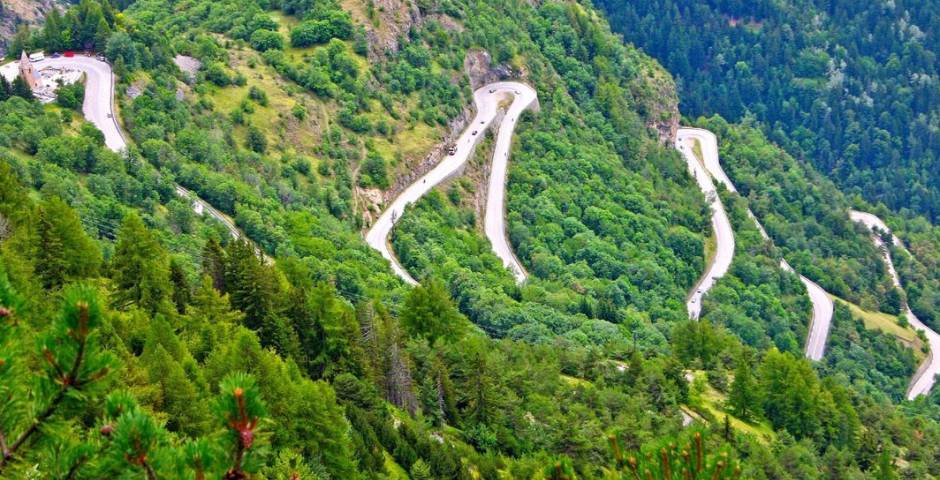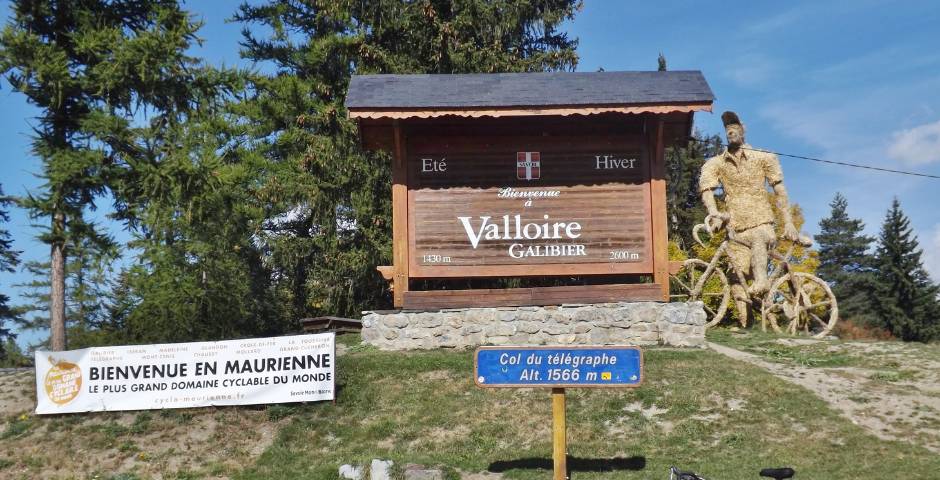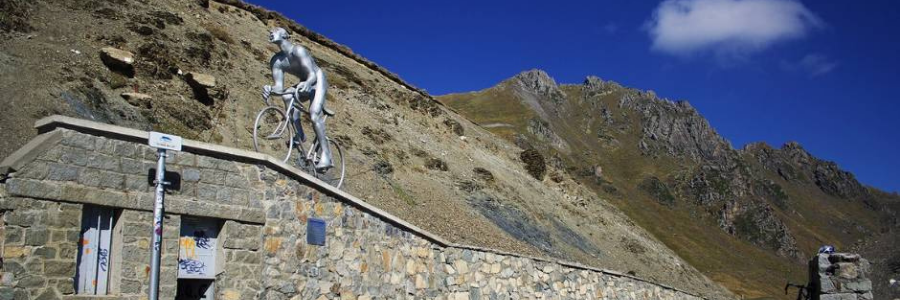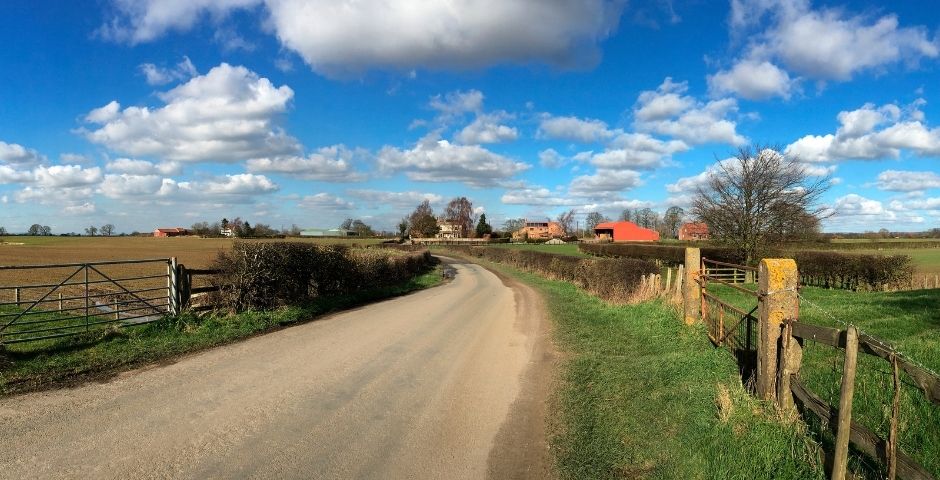Indoor cycling offers many advantages. One of them is that it allows you to train anywhere in the world without leaving your home. Have you ever wondered how your legs would feel tackling a tough climb in France? Thanks to BKOOL, now you can experience it for yourself.
Our indoor training platform lets you take on some of the most demanding and spectacular climbs in French cycling, accurately reproduced in video, 3D, or a combination of both. If you want to feel like a true climber and challenge yourself with epic routes, here are our suggestions for your next sessions:
Col du Galibier
Located in the Alps, the Col du Galibier is one of the highest paved mountain passes in France, reaching an altitude of 2,645 meters. Due to its elevation, it remains closed for much of the winter because of extreme weather conditions.
It has been climbed in the Tour de France up to 60 times, making it the second most-visited climb after the Tourmalet. Legendary feats have taken place here, such as Marco Pantani’s performance in 1998, when he managed to cut 4 minutes from Jan Ullrich in just 4 kilometers.
It features 16.1 kilometers of climbing with an average gradient of 6.98%, totaling 1,100 meters of elevation gain and including ramps of nearly 12%. It’s considered “hors catégorie,” or “beyond category,” in terms of difficulty.

Col du Tourmalet
From the Alps, we move to the French Pyrenees, just 50 kilometers from the Spanish border, to take on the Tourmalet climb: 17.2 km at a 7.23% gradient (with maximums of 12.4%), also considered “hors catégorie.”
At an altitude of 2,115 meters above sea level and with a total elevation gain of 1,200 meters, this pass didn’t have a road until 1846, when Napoleon III ordered the construction of a thermal route. Today, it is closed during the winter season and becomes part of the La Mongie ski resort area, located on its eastern side.
The Tourmalet was first climbed in the Tour de France in 1910, and since then it has become one of the most famous ascents of this Grand Tour, featured in over 80 editions.

Alpe d’Huez
And when talking about famous climbs, we can’t forget another “hors catégorie” like Alpe d’Huez. We head to the Grandes Rousses range to face the iconic 21 hairpin bends of this cycling giant.
This is one of the most legendary finishes of the Tour de France. It first appeared in 1952 and, although it wasn’t climbed again until the 1976 Tour, it has since become a regular feature in many editions.
Its importance in the Grande Boucle has been so great that, for a while, it was said: “Whoever leaves Alpe d’Huez in yellow, wins the Tour de France.”
Do you dare take on its 12.3 km at an average gradient of 8.68%?

Col du Télégraphe
Located in the Savoie department, in the Auvergne-Rhône-Alpes region, the Col du Télégraphe is an alpine mountain pass that reaches 1,566 meters of altitude. It connects the Maurienne valley with the town of Valloire via the D902 road, serving as a natural prelude to the imposing Col du Galibier. It has featured in several editions of the Tour de France, being climbed 30 times, most recently in 2022 by Pierre Latour.
Its 12.2 km of climbing present an average gradient of 6.91% and a total elevation gain of 839 meters.

Col du Glandon
With 24.4 km and a 6.27% gradient, the Col du Glandon is the longest climb on our list. Located between the mountain ranges of Belledonne, Grandes Rousses, and Arvan-Villards, this pass has featured in the Tour de France 14 times. The last time it was climbed was in 2017, during stage 17 between La Mure and Serre-Chevalier. It is also scheduled to be included again in 2025, in a high-mountain stage that will also feature the Col de la Madeleine and the Col de la Loze.

These five climbs are not only top-tier physical challenges but also symbols of the most authentic and demanding cycling. Thanks to BKOOL, you can experience the thrill of climbing these legendary passes from the comfort of your home, with precision and realism that make every pedal stroke count. Your sessions will gain intensity, excitement, and purpose. So, set up your trainer, pick your challenge, and get ready to conquer the mountains—no matter the season.
BKOOL is the most complete cycling simulator on the market, try it FREE for 7 days!
 Go to BKOOL
Go to BKOOL





